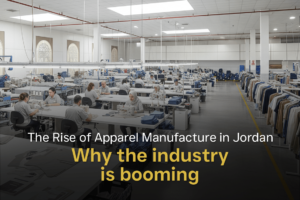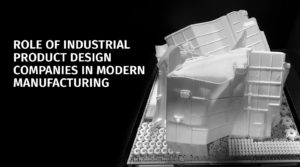In the dynamic landscape of manufacturing, the efficient installation and relocation of equipment are pivotal to the smooth operation of any plant. This meticulous process is laden with challenges. This is from meeting strict timelines to ensuring the safety of personnel and equipment.
Here’s a deep-dive approach to how industrial planners can tackle equipment installation. Read on.
Streamlining the Planning Process
The first stage of any installation or relocation project is planning. This step can make or break the success of an operation. Industrial planners need to strategize for every possibility.
These considering factors like equipment specifications, placement in the facility for optimal functionality and operation, and the sequential steps of:
- disassembling
- moving
- reassembling machinery
Equipment Specifications
Gathering and understanding the specifications of the equipment set the foundation for the entire project. Detailed records are non-negotiable for each machine’s:
- dimensions
- weight
- power requirements
This data helps the planner decide on the best location within the facility and how the equipment will be moved. These are such as through disassembly or as a whole.
Space Utilization
Utilizing the plant’s space efficiently can mean the difference between a streamlined flow of work and a chaotic operation. Planners must consider the size of the machinery. They also consider the necessary clearances for:
- maintenance
- access
- safety compliance
Safety Compliance
Industrial safety regulations are extensive and can vary by region and industry. Ensuring that the installation or relocation adheres to all these standards is a primary concern. This includes:
- protective barriers
- fall protections
- lockout/tagout procedures
- proper training for personnel involved in the process
Creating a Comprehensive Timetable
A comprehensive timetable is the backbone of any successful project. It sets clear expectations, and guidelines, and allows stakeholders to track progress effectively.
Project Management
Implementing a project management methodology can help break down the process into manageable tasks. This is such as Gantt charts. Assigning responsibilities and task durations offers a high-level overview of the operation.
Contingency Planning
While a plan is set in stone, actual operations aren’t. Contingencies should all be considered in the project timetable. Especially for:
- unexpected delays
- equipment malfunctions
- changing weather conditions
Communication Strategy
Effective communication is essential. Some actions will prevent the project from derailing. These are such as:
- regular updates
- clear reporting structures
- a point of contact for all stakeholders
Execution and Beyond
The execution phase is where plans turn into action. Despite the thorough planning, challenges will arise, and adjustments may be necessary.
Team Coordination
A well-coordinated team is crucial. Each member should understand their role, the roles of others, and how their tasks contribute to the overall success of the project. This will guarantee a better Equipment setup.
Equipment Handling
The careful handling of delicate and expensive machinery is vital. This includes:
- proper packaging
- transport
- positioning with precision
Post-Installation Review
With the equipment in place, a thorough review should take place. This includes:
- rechecking specifications
- testing functionality
It also ensures that the new setup aligns with the broader manufacturing strategy. This is very helpful for better project management.
It’s important to consult an expert when it comes to equipment installation and planning and even equipment relocation.
Get Your Equipment Installation Right
In conclusion, proper planning is crucial for a successful and efficient manufacturing equipment installation and relocation process. It is essential to consider factors to ensure a smooth transition.
Don’t hesitate to consult with experts and use available resources. This is to make the most of your installation and relocation efforts. Start planning today and see the positive impact it can have on your business!
If you want to read more articles, visit our blog.





Be First to Comment